EYE LUBRICANT - OPHTHALMIC
PHONETIC PRONUNCIATION:
GENERIC NAME(S): carboxymethylcellulose sodium
Uses
USES: This medication is used to relieve dry, irritated eyes. Common causes for dry eyes include wind, sun, heating/air conditioning, computer use/reading, and certain medications. This product may contain 1 or more of the following ingredients: carboxymethylcellulose, dextran, glycerin, hypromellose, polyethylene glycol 400 (PEG 400), polysorbate, polyvinyl alcohol, povidone, or propylene glycol, among others. Eye lubricants keep the eye moist, help to protect the eye from injury and infection, and decrease symptoms of dry eyes such as burning, itching, and feeling as if something is in the eye.
How to use EYE LUBRICANT - OPHTHALMIC
HOW TO USE: Follow all directions on the product package. If you are uncertain about any of the information, consult your doctor or pharmacist. Do not use a solution that has changed color or is cloudy. Certain brands (containing glycerin with polysorbates, among other ingredients) may have a milky appearance. This is okay as long as the solution does not change color. Some eye drops need to be shaken before use. Check the label to see if you should shake your product before using. Usually, drops may be used as often as needed. Ointments are usually used 1 to 2 times daily as needed. If using an ointment once a day, it may be best to use it at bedtime. To apply eye ointment/drops/gels: Wash hands first. To avoid contamination, be careful not to touch the dropper or top of the ointment tube or let it touch your eye. Always replace the cap tightly after each use. Tilt your head back, look up, and pull down the lower eyelid to make a pouch. For drops/gels, place the dropper directly over the eye and squeeze out 1 or 2 drops as needed. Look down and gently close your eye for 1 or 2 minutes. Place one finger at the corner of the eye near the nose and apply gentle pressure. This will prevent the medication from draining away from the eye. For an ointment, hold the tube directly over the eye and gently squeeze a small strip (one-fourth of an inch or roughly 6 millimeters) of ointment into the pouch. Release the eyelid, close the eye, and slowly roll your eye in all directions to spread the medication. Blot away any extra ointment from around the eye with a clean tissue. If you are also using another kind of eye medication (e.g., drops or ointments), wait at least 5 minutes before applying other medications. Use eye drops before eye ointments to allow the eye drops to enter the eye. If you wear contact lenses, remove them before using most kinds of eye lubricants. Ask your doctor or pharmacist when you may replace your contact lenses. There are a few types of eye lubricants (some that contain polysorbates) that can be used while wearing contact lenses. Check the package to see if you can wear your contact lenses while using your product. Tell your doctor if your condition persists or worsens after 3 days.
Side Effects
Precautions
Interactions
Overdose
Images
Reviews
Faq for EYE LUBRICANT - OPHTHALMIC
An eye lubricant, also known as artificial tears, is a solution that helps moisturize and lubricate the eyes. It is used to alleviate symptoms of dryness, irritation, and discomfort in the eyes.
Eye lubricants work by adding moisture to the eyes and forming a protective film on the surface of the eyes. This film helps to retain moisture, improve lubrication, and prevent further dryness.
Yes, there are specific eye lubricants that are safe to use with contact lenses. These lubricants are generally labeled as "contact lens compatible" or "for use with contact lenses." It is important to choose the right lubricant that is suitable for your type of contact lenses.
The frequency of using eye lubricants depends on the severity of your symptoms and your personal comfort. It is typically recommended to use them as needed, whenever you experience dryness or discomfort in your eyes. Some people may need to use them multiple times a day, while others may only need occasional use.
Yes, eye lubricants can provide temporary relief for allergy-related eye symptoms such as itching, redness, and irritation. However, they do not treat the underlying cause of the allergies. If your symptoms persist or worsen, it is important to consult a doctor or an allergist for proper diagnosis and treatment.
Yes, eye lubricants are generally safe to use and are available over-the-counter without a prescription. However, it is always advisable to follow the instructions on the packaging and consult a healthcare professional if you have any specific concerns or medical conditions.
Eye lubricants are generally safe for children to use. However, it is important to consult with a pediatrician or eye care professional before using any eye drops or lubricants on children, especially infants.
The duration of the effect can vary depending on the individual and the specific eye lubricant being used. Generally, the effects of eye lubricants last for a few hours, and they may need to be reapplied as needed.
Yes, eye lubricants can typically be used in conjunction with other eye medications. However, it is important to follow any specific instructions provided by your healthcare professional or pharmacist regarding the proper timing and administration of different eye medications.
Disclaimer
IMPORTANT: HOW TO USE THIS INFORMATION: This is a summary and does NOT have all possible information about this product. This information does not assure that this product is safe, effective, or appropriate for you. This information is not individual medical advice and does not substitute for the advice of your health care professional. Always ask your health care professional for complete information about this product and your specific health needs.
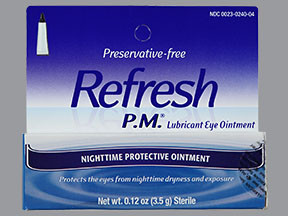
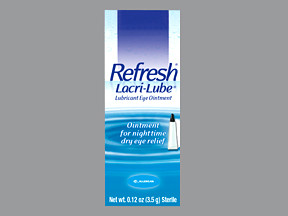
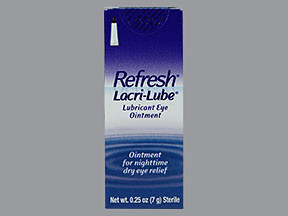
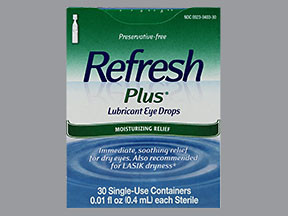
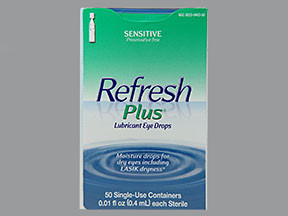

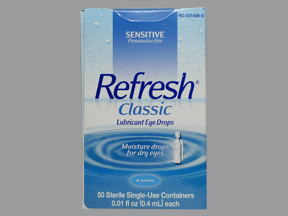
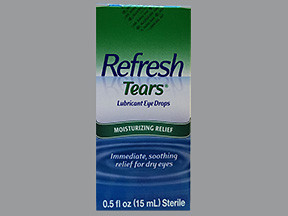
No Reviews Yet